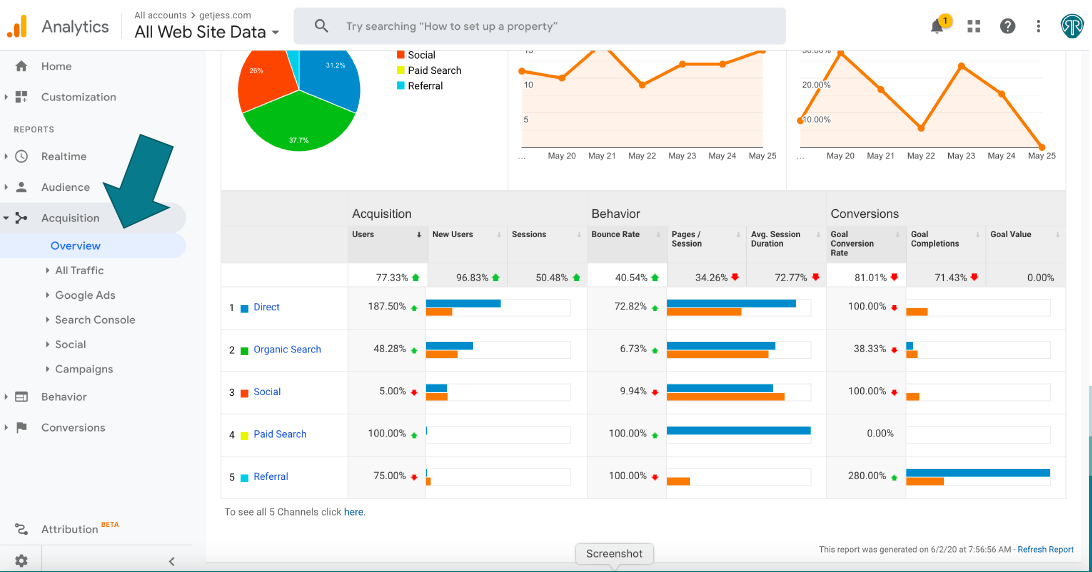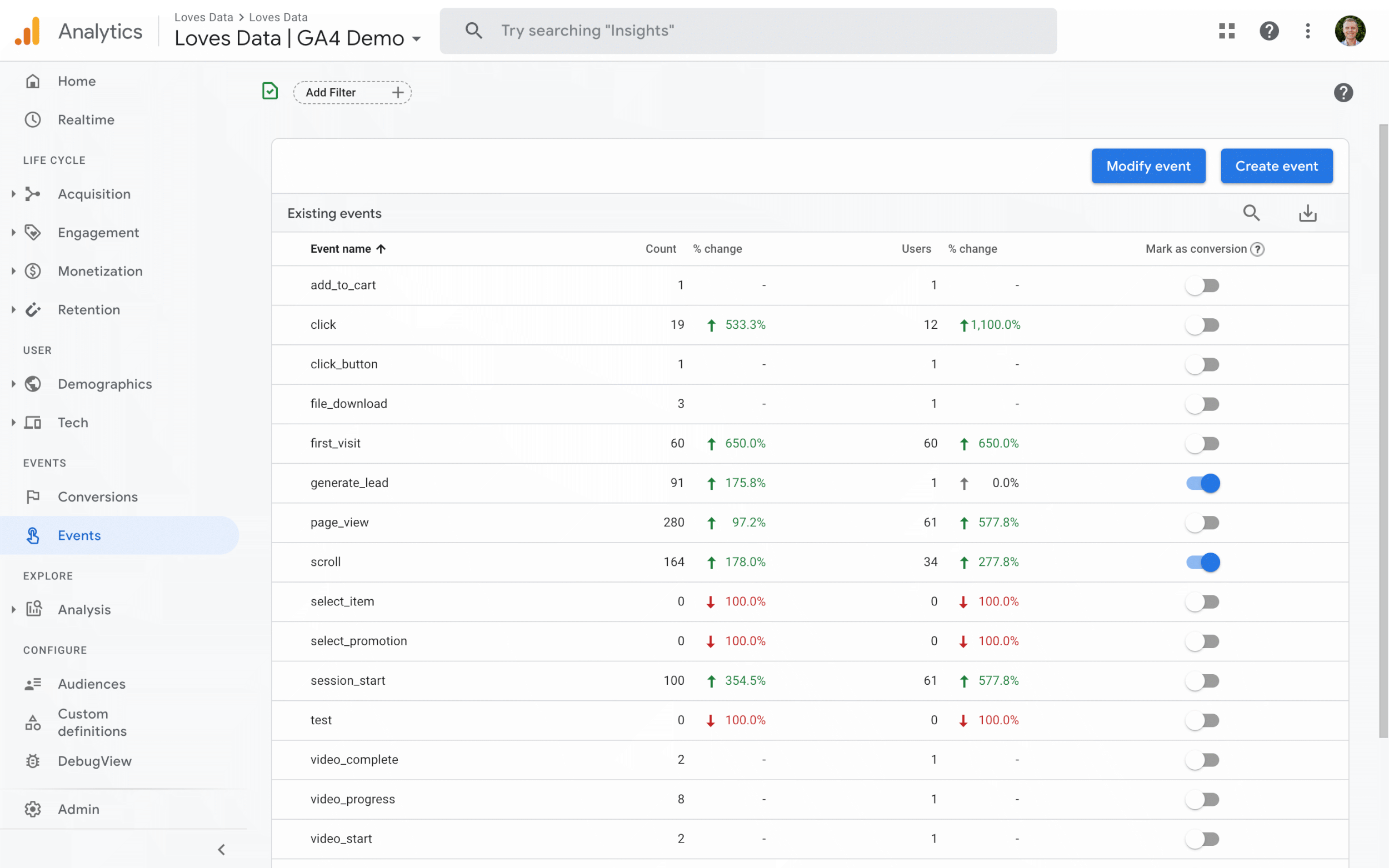Master Internet Site Insights With Accurate Google Analytics Monitoring Code
The reliable utilization of Google Analytics hinges on the specific application of its monitoring code, an essential action typically ignored by web site proprietors. What are the usual risks that could weaken your tracking efforts, and how can you make certain accuracy in your approach?
Comprehending Google Analytics Fundamentals
Google Analytics is an important tool for web site proprietors and marketing experts, offering important insights into user behavior and site efficiency. At its core, Google Analytics gathers data about visitors to a website, allowing customers to evaluate metrics such as traffic sources, user engagement, and conversion rates. Understanding these basics is important for enhancing a site's effectiveness and improving customer experience.
The system employs cookies to track communications, tape-recording information such as page views, session periods, and bounce prices. This info is accumulated and provided via personalized dashboards, enabling users to envision trends in time. Secret performance indications (KPIs) can be checked, such as the total number of users, brand-new versus returning visitors, and the geographical distribution of the audience.
Moreover, Google Analytics offers segmentation features, enabling customers to isolate particular traffic sources or customer demographics for even more targeted evaluation. By mastering these fundamental aspects, internet site proprietors can make educated decisions regarding material technique, marketing projects, and general website enhancements. Eventually, comprehending Google Analytics fundamentals is important for leveraging information to drive development and accomplish service goals properly.
Establishing Your Monitoring Code

Replicate the offered monitoring code and paste it into the HTML of your website. This makes certain that the tracking code tons prior to any other material, permitting it to record information precisely.
After installation, confirm that the monitoring code is working correctly by utilizing Google Tag Aide or the Real-Time reports in Google Analytics - when does the google analytics tracking code send an event hit to analytics?. This step is important to verify that your information collection is active and exact, setting the foundation for insightful evaluation
Typical Monitoring Code Issues
Many site owners experience typical concerns with their Google Analytics tracking code that can hinder information collection and evaluation. One common concern is incorrect installment. This may happen when the monitoring code is put in the incorrect area of the web site's HTML, commonly causing insufficient or missing information. Furthermore, having multiple circumstances of the tracking code on a single page can result in filled with air metrics, as user communications could be counted greater than when.
An additional problem emerges from the use of ad blockers, which can stop the tracking code from performing entirely, thus skewing data. when does the google analytics tracking code send an event hit to analytics?. Additionally, failure to set up filters correctly can result in the exemption of vital website traffic resources or the addition of unwanted reference spam, misshaping the data collected
Site owners may also neglect the importance of tracking code updates, specifically when moving to Google Analytics 4 (GA4) from Universal Analytics. Lastly, inadequate screening prior to releasing changes can cause unseen errors in the tracking code, even more complicating data integrity. Resolving these typical problems is vital for guaranteeing precise tracking and insightful analytics.
Studying Website Data Efficiently
Exact check this data collection is only the very first step in leveraging Google Analytics; the real worth depends on efficiently assessing that information to drive enlightened decision-making. To achieve this, it is important to recognize vital efficiency signs (KPIs) that align with your service goals. Concentrate on metrics such as conversion prices, user interaction, and web traffic sources, as these will give understandings right into customer habits and the total efficiency of your site.
Using Google Analytics' division features enables a deeper understanding of your audience. By damaging down information into particular demographics, actions, and web traffic networks, you can discover trends and patterns that inform targeted methods. Implementing personalized records and control panels can simplify this process, enabling quick access to significant information.
Additionally, routinely assessing data fads with time helps to determine anomalies and opportunities for enhancement. Use visualization tools to present information in an easily absorbable style, assisting in extra efficient interaction with stakeholders. Ultimately, the capacity to examine web site data successfully equips organizations to make calculated choices that boost customer experience, maximize advertising and marketing initiatives, and drive growth.

Best Practices for Accurate Monitoring
Applying effective monitoring methods is critical for obtaining reliable data in Google Analytics. To make certain exact tracking, begin by correctly installing the Google Analytics tracking code on every page of your internet site. This can be achieved via a tag manager or by straight installing the code into the HTML.
Following, configure your Google Analytics account to exclude internal web traffic. This can be done by setting up filters that determine and eliminate sees from your organization's IP address, thus protecting against skewed information. Furthermore, utilize event tracking to keep track of details individual communications, such as downloads or video plays, which basic web page views might ignore.
Consistently examine your tracking arrangement to verify that all functions, such as objectives and ecommerce monitoring, are operating properly. Develop a constant identifying convention for your campaigns and occasions to help with simpler reporting and evaluation.
Finally, take into consideration leveraging UTM specifications for campaigns to acquire understandings into the efficiency of various advertising initiatives. By complying with these best techniques, you can enhance the accuracy of your data collection and evaluation, eventually bring about more enlightened decision-making for your site.
Final Thought
Precise execution of the Google Analytics tracking code is crucial for mastering web site insights. By making certain the monitoring code is appropriately positioned and regularly audited, site proprietors can catch important individual interaction information, therefore helping with the recognition of key performance indicators. Effective evaluation of this information, integrated with adherence to finest methods, makes it possible for notified decision-making and the optimization of find more information online methods. Ultimately, a durable monitoring framework boosts the capability to drive interaction and improve total internet site performance.

Inadequate screening before launching modifications can result in unnoticed mistakes in the monitoring code, further complicating data integrity.Applying efficient monitoring practices is critical for obtaining reputable data in Google Analytics. By making sure the great post to read monitoring code is appropriately positioned and frequently examined, web site owners can record crucial individual communication information, thus facilitating the identification of vital performance indications.